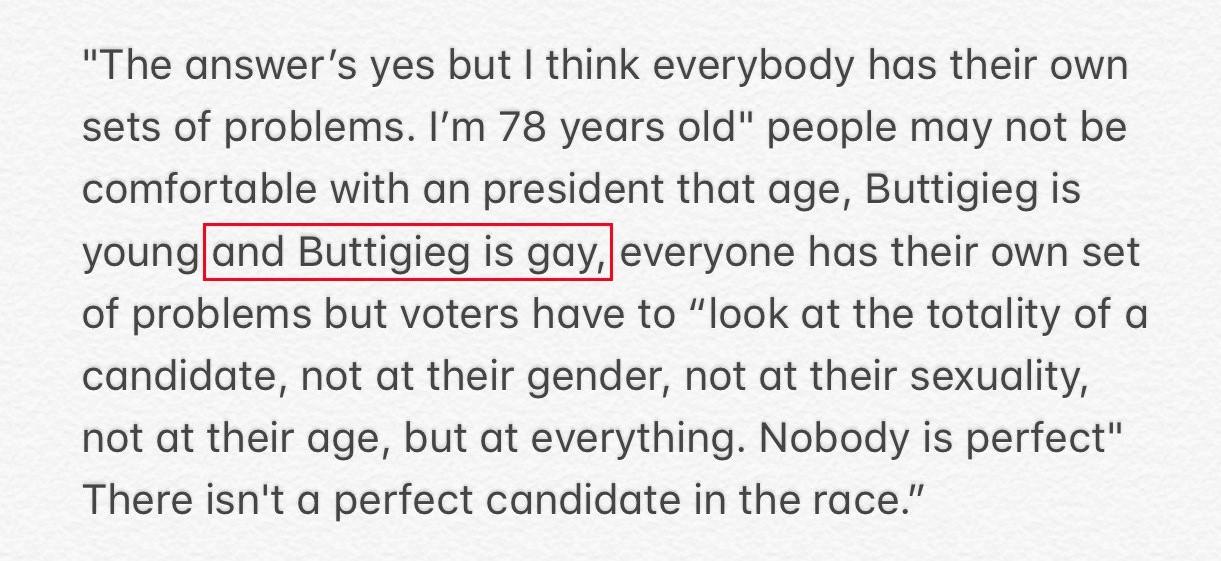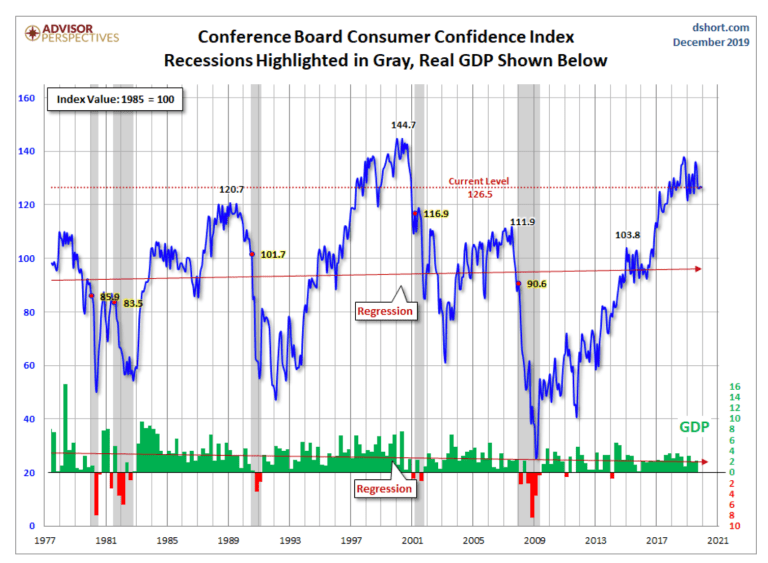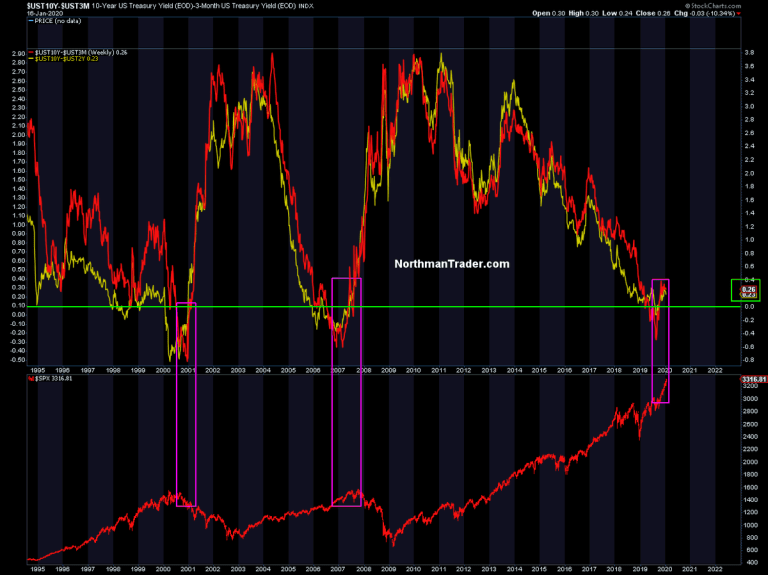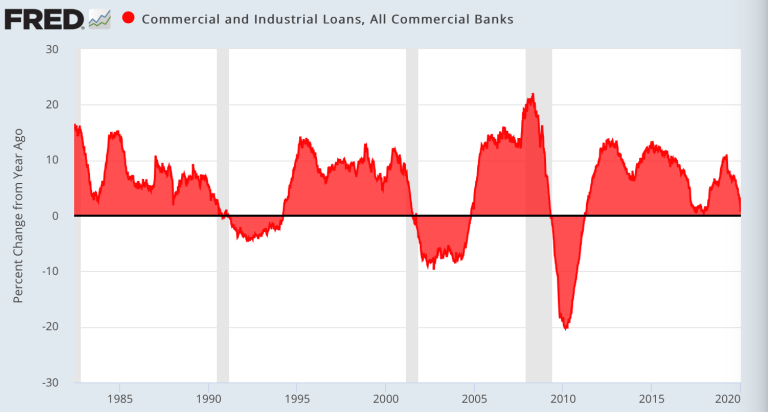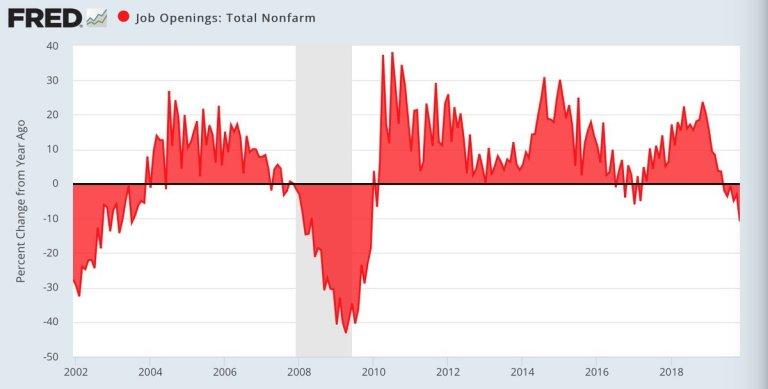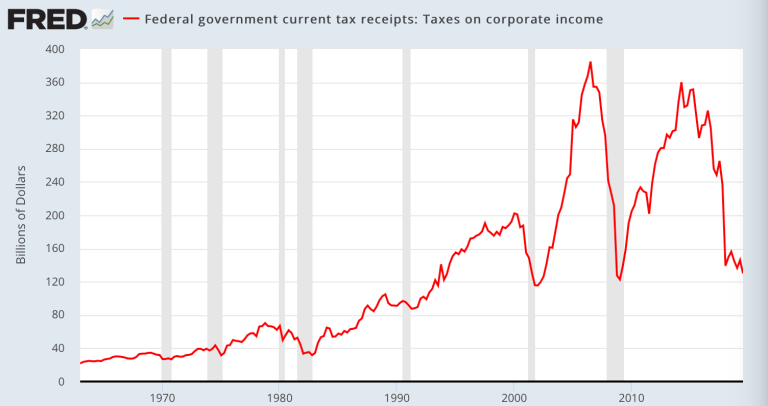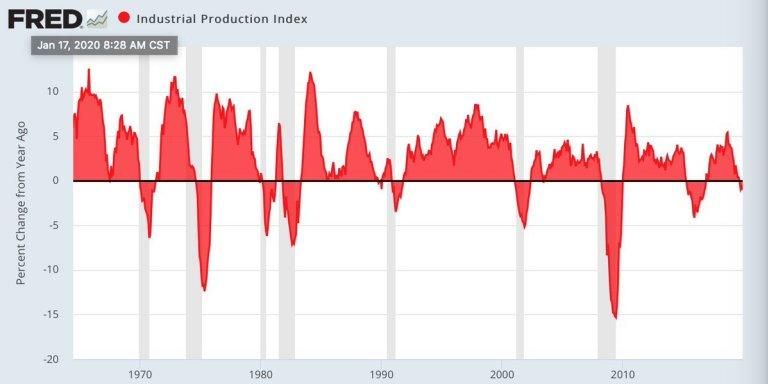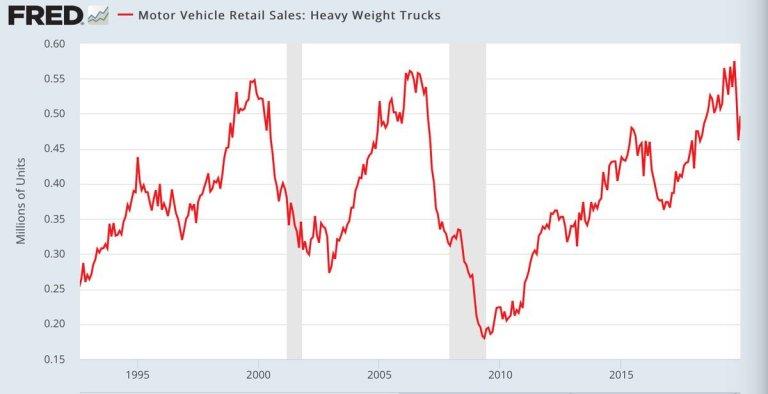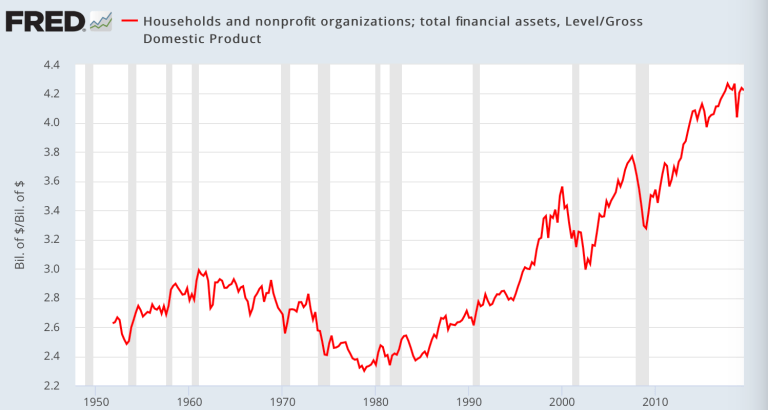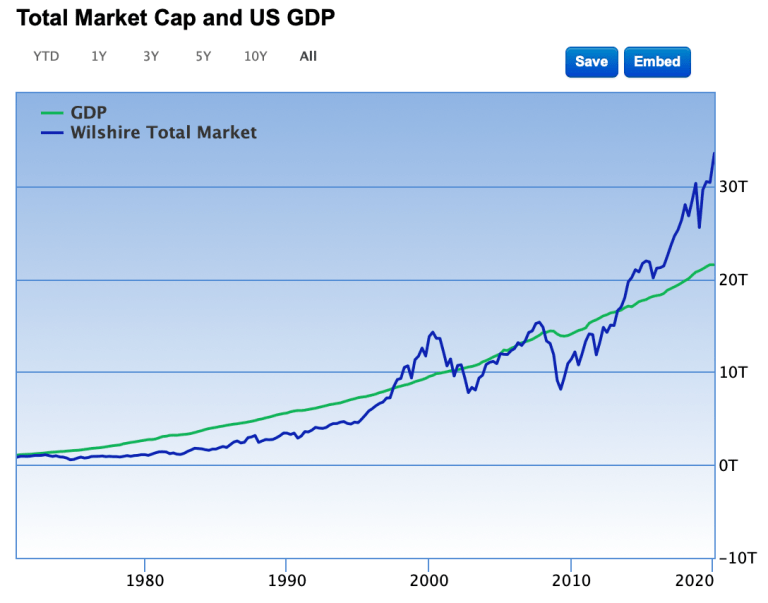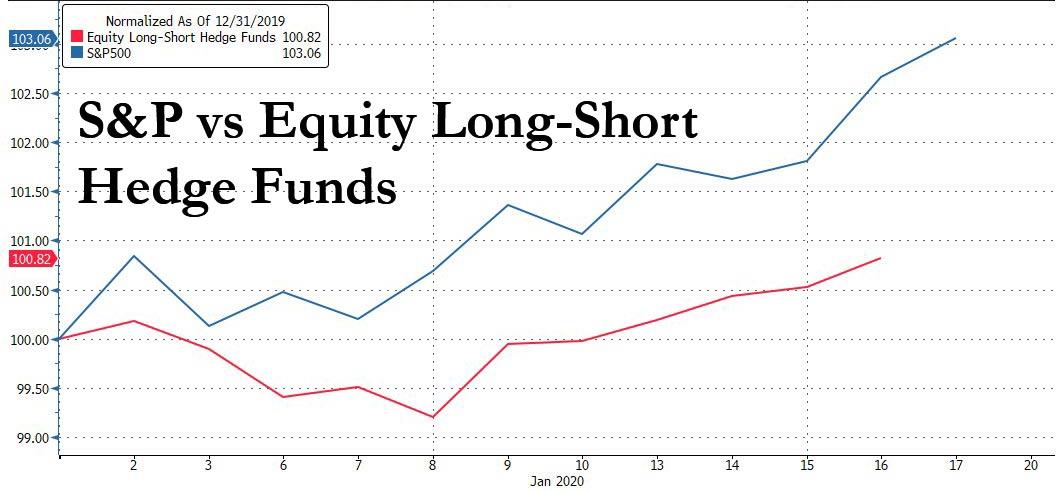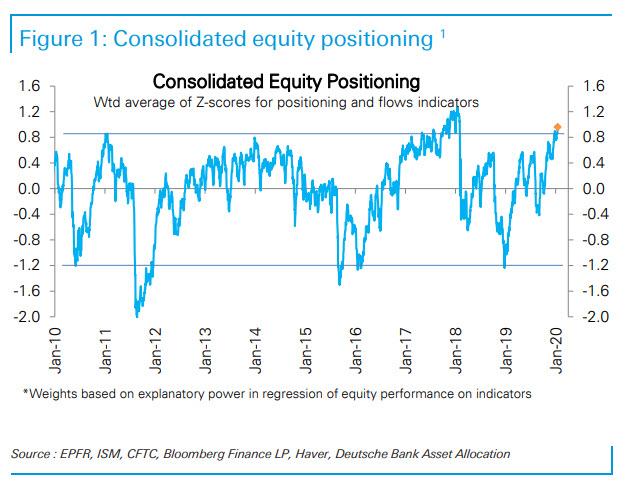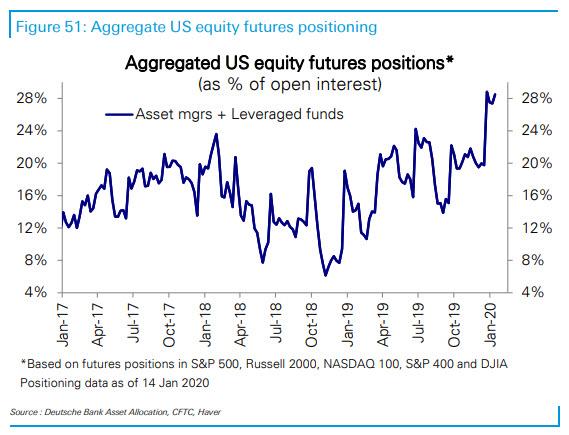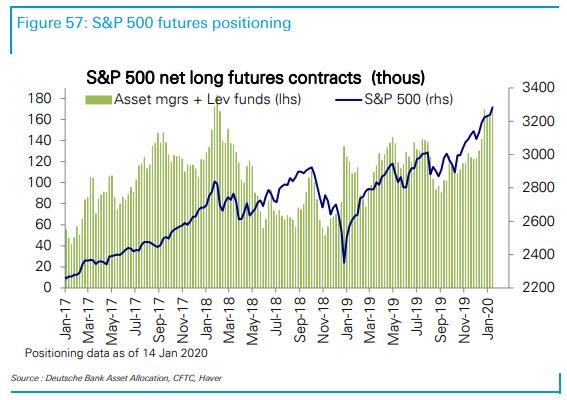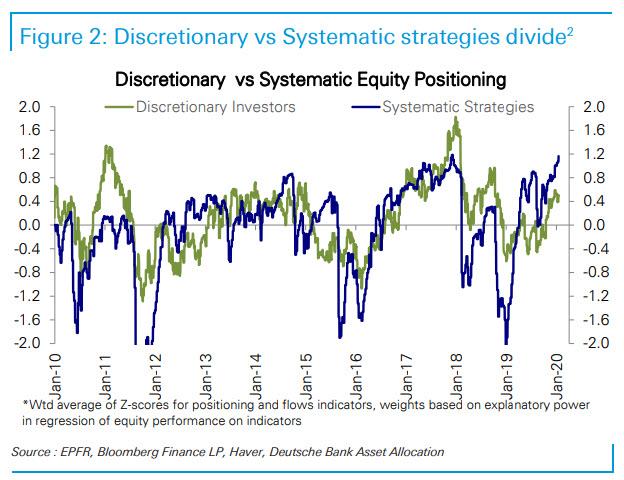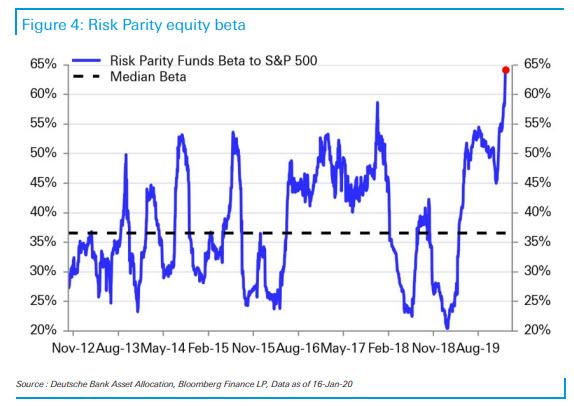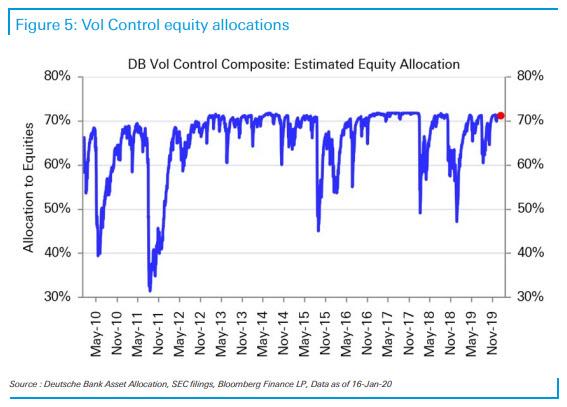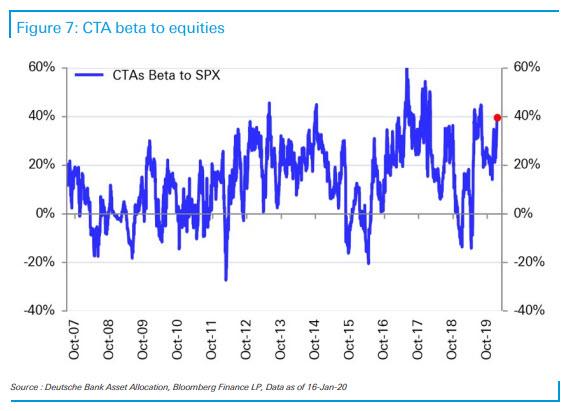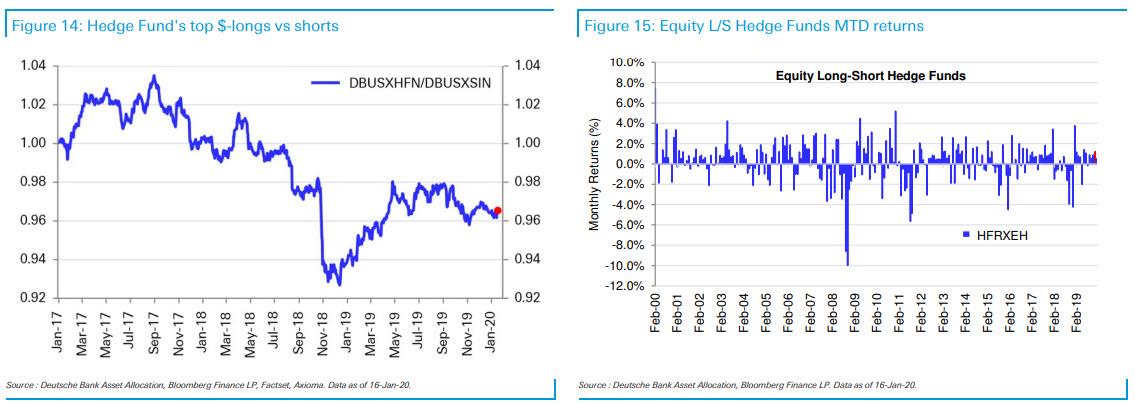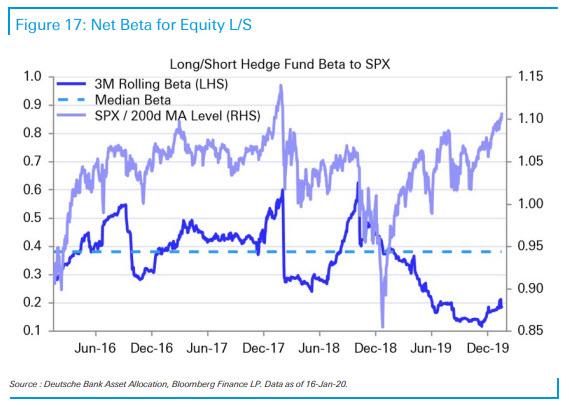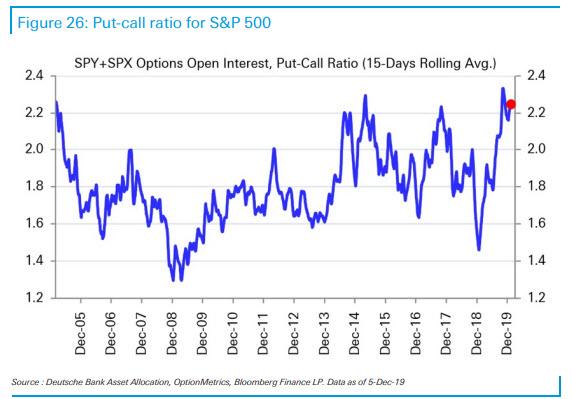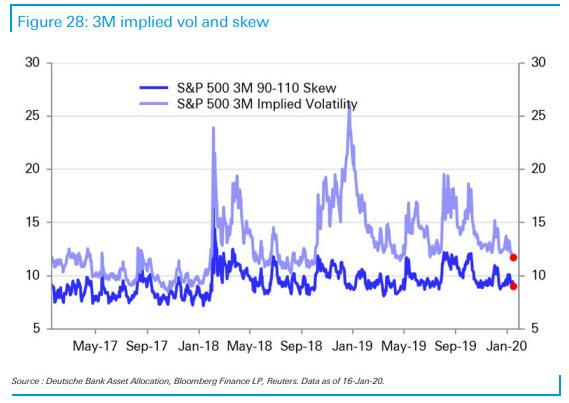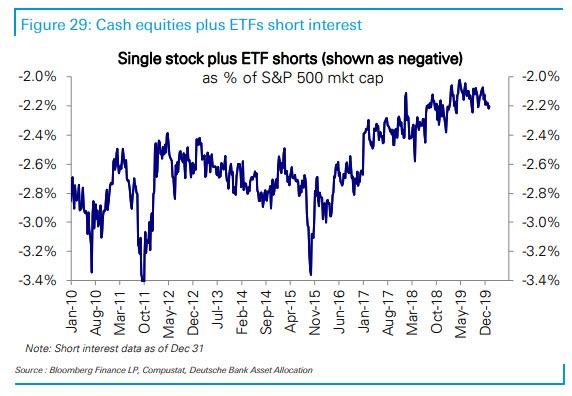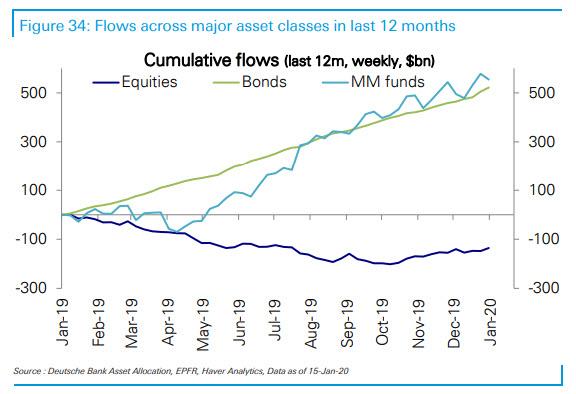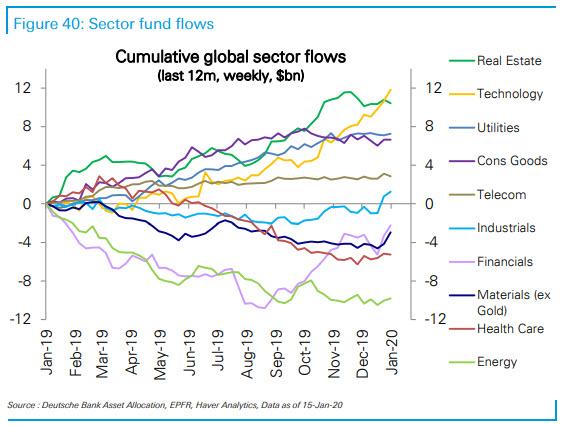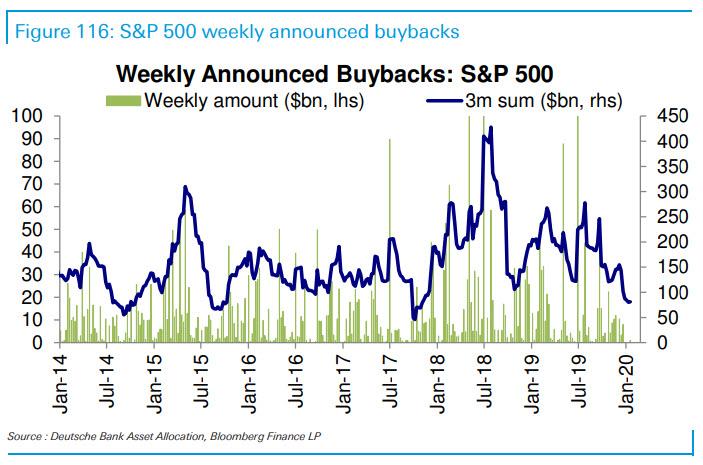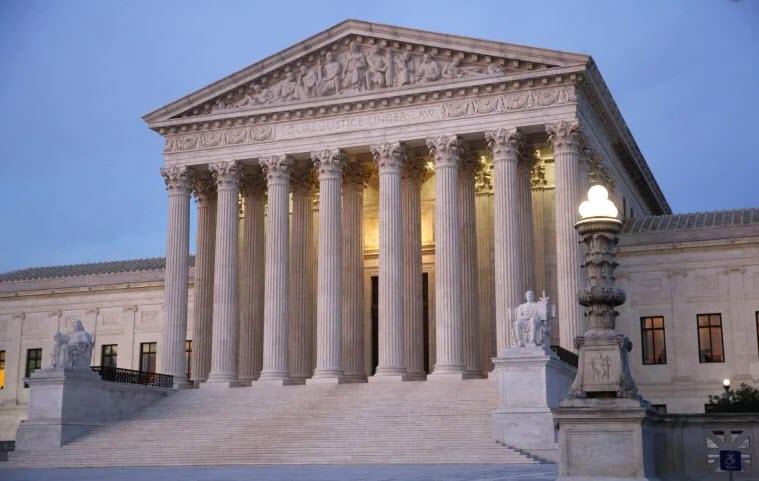
In my last post on economist Tyler Cowen’s case for “state capacity libertarianism” (SCL), I took issue with Tyler’s claim that SCL is the wave of the future among “smart” libertarians. In this one, I focus on the more important issue of whether SCL is actually a good idea. Regardless of whether SCL is popular among libertarians now, should they adopt it? Here’s why my answer is a qualified “no.”
Before going into greater detail, it’s worth asking exactly what Tyler means by “state capacity.” He does not provide a very clear definition. But it seems to me that his SCL theory differs from more conventional libertarianism in so far as it focuses on increasing and improving the capabilities of government, including in at least some substantial areas that most other libertarians would argue should simply be left to the private sector. To the extent that SCL simply means improving government’s ability to perform those functions that even traditional libertarians (with the notable exception of anarchists) believe government should carry out, there is little difference between Tyler’s theory and other types of libertarianism.
Unfortunately, Tyler fails to specify how we measure the type of “capacity” he considers important, and also how we draw the line between issues where the right approach is improving state capacity and those where we should still aim to keep the state out (which might actually require reducing capacity, or at least keeping it more limited).
This lack of clarity is part of a more general problem with state capacity theory that goes well beyond Tyler’s piece. As critics like Bryan Caplan and Vincent Geloso and Alex Salter, point out, state capacity theorists have not done a good job of differentiating cases where state capacity is the cause of good outcomes from those where it is a result of them (e.g.—a state in a wealthier society has more capacity than on ine a poor society, even if the state did little to create that wealth). In addition, greater capacity means an increased ability to do evil as well as good, which is a highly relevant consideration when we are talking about institutions that can regulate, imprison, and kill people.
Until state capacity theorists do a better job of sorting out these baseline issues, we should be wary of making state capacity a central element of libertarianism—or, indeed, any other liberal political theory. These problems may not be insuperable. But they do require better answers than state capacity advocates have given us so far.
While Tyler does not give us a general definition of SCL, he does present a number of specific propositions he associates with it. Some are criticisms of conventional libertarianism, while others present more of an affirmative agenda. Here, I consider several that seem distinctive to SCL. Thus, I pass over some that are likely to be endorsed by libertarians of any stripe (e.g.—”Markets and capitalism are very powerful, give them their due”).
[I]t doesn’t seem that old-style libertarianism can solve or even very well address a number of major problems, most significantly climate change.
I don’t claim libertarianism can solve all the world’s ills, or even come close to doing so. But, looking at some of the greatest evils and injustices out there, I see many that libertarianism is very well-equipped to handle. Consider such issues as immigration restrictions that inflict massive injustices on both immigrants and natives (and make the whole world far poorer than it could be), zoning rules that bar millions of Americans from housing and job opportunities, looming fiscal crises that afflict many Western democracies (including the US), the War on Drugs that blights the lives of many thousands every year, a government too large and complicated for effective democratic accountability, and the undermining of the rule of law by the expansion of criminal law and regulation to the point where almost everyone can be charged with something.
In each of these areas, there are enormous gains to be had simply by having government engage in less of the activity that is causing the problem to begin with. Moreover, none requires the achievement of any kind of libertarian Utopia. Incremental reforms in a more libertarian direction can still achieve a lot. Even if we can’t get to open borders, we can radically transform the lives of hundreds of thousands of people for the better simply by increasing the amount of legal immigration into the US by, say, 10%. Even if we cannot abolish the entire War on Drugs, we can greatly reduce the amount of suffering it causes through legalizing just some of those drugs that are currently banned. Even if we cannot follow the example of Houston and have no zoning at all, we can liberalize zoning at the margin and thereby provide new housing and job opportunities for many thousands of people. And so on.
And none of these incremental reforms require much, if any, state capacity that doesn’t already exist. A government that can zone, restrict immigration, and wage a War on Drugs at current levels, is fully capable of doing, say, 10 or 20 percent less of each of these things. Admittedly, there are some situations where a kind of state capacity can be useful in mitigating transition problems through “keyhole solutions.” But these, too, rarely require capabilities Western democracies currently lack.
Tyler is right to highlight climate change as a problem for libertarians, one that too many of us have preferred to deny or ignore. However, libertarian environmental law experts, such as the VC’s own Jonathan Adler, have in fact developed solid proposals to address the issue, such as a revenue neutral carbon tax, prizes for relevant technological innovations, and expanding the use of nuclear power. These ideas are not fool-proof, but they have fewer risks than the command-and-control approach favored by many more conventional environmentalists, which threaten to massively expand government control over the economy and create grave risks for freedom and prosperity. I don’t know if libertarian approaches to climate change can “fix” the problem at an acceptable cost. But the same is even more true of the solutions offered by adherents of other ideologies. For example, it isn’t clear that anyone has proposed an effective way to incentivize large developing nations like China and India to greatly reduce their projected carbon emissions. The issue indeed a difficult challenge for libertarians—but also for everyone else.
There is also the word “classical liberal,” but what is “classical” supposed to mean that is not question-begging? The classical liberalism of its time focused on 19th century problems — appropriate for the 19th century of course — but from WWII onwards it has been a very different ballgame.
I don’t especially like the term “classical liberal” and it may indeed be question-begging. But Tyler is wrong to think that 19th century liberalism was only “appropriate for the 19th century.” To the contrary, there is much that modern libertarians can learn from our forbears. Among other things, nineteenth-century liberals fought against protectionism, ethnic nationalism, slavery and other forms of forced labor, and government intervention that rewards favored interest groups and suppresses competition. All of these remain among our most serious challenges today. that includes even forced labor, which is still widely practiced by authoritarian regimes, and which some even in the US seek to revive through mandatory “national service.” The French government recently imposed mandatory national service on all citizens when they turn 16.
Nineteenth century liberals also created successful mass movements in opposition to slavery and protectionism. It seems to me that modern libertarians (who have been far less effective in reaching the general public) could learn a great deal from these movements and apply some of the lessons to the present day (I give one example here).
Earlier in history, a strong state was necessary to back the formation of capitalism and also to protect individual rights (do read Koyama and Johnson on state capacity). Strong states remain necessary to maintain and extend capitalism and markets….
A strong state is distinct from a very large or tyrannical state. A good strong state should see the maintenance and extension of capitalism as one of its primary duties, in many cases its #1 duty….
Rapid increases in state capacity can be very dangerous (earlier Japan, Germany), but high levels of state capacity are not inherently tyrannical.
Much here depends on exactly what is meant by a “strong state.” If it means a state effective within some range of functions, then few libertarians (anarchists, again,excepted) would deny its value. If it means a generally “strong” state with the ability to control most aspects of society, that’s a very different proposition. Moreover, most of these points are subject to the problems with the concept of “state capacity” already discussed above, particularly the point that state capacity is often the result of positive social developments rather than their cause. I would add that even if “[a] good strong state” should see “the maintenance and extension of capitalism as one of its primary duties,” it doesn’t follow that it actually will. To the contrary, the more power the state has, the greater the temptation for politicians to misuse it, especially in a context where they are appealing to poorly informed voters. Moreover, the more areas a strong state can control, the harder it is for voters to keep track of all of its activities and monitor and punish potential abuses of power.
Many of the failures of today’s America are failures of excess regulation, but many others are failures of state capacity. Our governments cannot address climate change, much improve K-12 education, fix traffic congestion, or improve the quality of their discretionary spending….. I favor much more immigration, nonetheless I think our government needs clear standards for who cannot get in, who will be forced to leave, and a workable court system to back all that up and today we do not have that either….
Those problems require state capacity — albeit to boost markets — in a way that classical libertarianism is poorly suited to deal with. Furthermore, libertarianism is parasitic upon State Capacity Libertarianism to some degree. For instance, even if you favor education privatization, in the shorter run we still need to make the current system much better. That would even make privatization easier, if that is your goal.
Most of this strikes me as wrong. The problems with education, traffic congestion, and discretionary spending are not a lack of “capacity” but a combination of inherent flaws of government and poor incentives. If the libertarian diagnosis of the problems with public education is correct, the way to improvement is not trying to “make the current system much better,” but increasing competition and choice through privatization. Indeed, the failures of the status quo are one of the main driving forces behind the school choice movement. If we really could make the system much better without privatization and choice, there would be far less reason to do the latter.
Similarly, the best way to make the immigration system much better is to simply reduce restrictions and let more people in. Even if “standards” are no clearer than they are now, and even if the quality of immigration courts doesn’t improve, that would still give large numbers of people (both immigrants and natives) greater freedom and opportunity than they have now. Moreover, making legal immigration easier is actually the simplest way to alleviate pressure on courts and other state institutions at the border. Privatization is also a good strategy for alleviating traffic congestion through peak toll pricing, since the main obstacle to this simple reform is public ignorance.
There is a kernel of truth to Tyler’s claim that “libertarianism is parasitic upon State Capacity Libertarianism to some degree.”
If government is completely incapable of doing anything right, then it cannot fulfill even the basic functions that most libertarians want it to do. But, at this point in history, it doesn’t seem like the US and other Western democracies lack the capacity to do such things as provide a modicum of security and public goods. Rather, the problem is that our governments are engaging in way too many other functions, many of which are both harmful in themselves and divert resources away from the things that government should do. For example, the War on Drugs and immigration enforcement massively divert law enforcement personnel away from combating violent and property crime.
I don’t deny that there are cases where harmful government policies can be made less so without libertarian reforms (even if abolition or reduction of government intervention in these fields would be better still). But I’m not convinced that focusing on such reforms is a productive activity for libertarians. There is no shortage of non-libertarian policy experts working on incremental improvements to state institutions. The comparative advantage of libertarians (at least in most cases) is identifying ways to make improvements by reducing government intervention. Where the best available solution lies elsewhere, we can usually rely on non-libertarians to find it on their own.
Things might be different in a world where libertarians are much more numerous and influential than we are today. In that world, it would make sense for a substantial proportion of libertarian resources to be devoted to finding improvements in policy that do not involve shrinking government power. Indeed, in that world, a much higher percentage of government activities would be ones that can be justified even on libertarian grounds, so it would be harder to find improvements by cutting back the role of the state. But we are very far from that point today.
State Capacity Libertarianism is not non-interventionist in foreign policy, as it believes in strong alliances with other relatively free nations, when feasible. That said, the usual libertarian “problems of intervention because government makes a lot of mistakes” bar still should be applied to specific military actions. But the alliances can be hugely beneficial, as illustrated by much of 20th century foreign policy and today much of Asia — which still relies on Pax Americana.
I actually agree with most of what Tyler says in this passage. For reasons I spelled out here, I am not as dovish as most other libertarians are. And we do need strong alliances with other relatively liberal nations to counter the dangerous illiberal forces in the world.
That said, the US and other liberal democracies would have more resources available for these purposes if they weren’t doing so many other things. If, as Tyler puts it, conventional libertarianism is parasitic on “state capacity,” then state capacity to do good is also parasitic on libertarianism, in the sense that it needs tight limits on government power to prevent the state from wasting public resources on wasteful and harmful projects. Tyler’s strictures about the need for a relatively high bar for military intervention is also well-taken.
In sum, I remain largely unpersuaded by Tyler’s normative case for SCL. But I do want to commend him for for kicking off a valuable discussion, which has already attracted multiple thoughtful responses to his original post (I linked to several here). Very few blog posts stimulate high-quality public discussion as as much as Tyler did with this one. While he may not have persuaded me of the merits of “state capacity,” he has effectively demonstrated the blogosphere’s capacity to produce valuable discourse, even in an era when blogs sometimes seem obsolete, due to the rise of crude and superficial social media.
UPDATE: As before, I am happy to commit to posting any response Tyler cares to make to either this post or my previous one on this subject.

from Latest – Reason.com https://ift.tt/38gqlRU
via IFTTT


